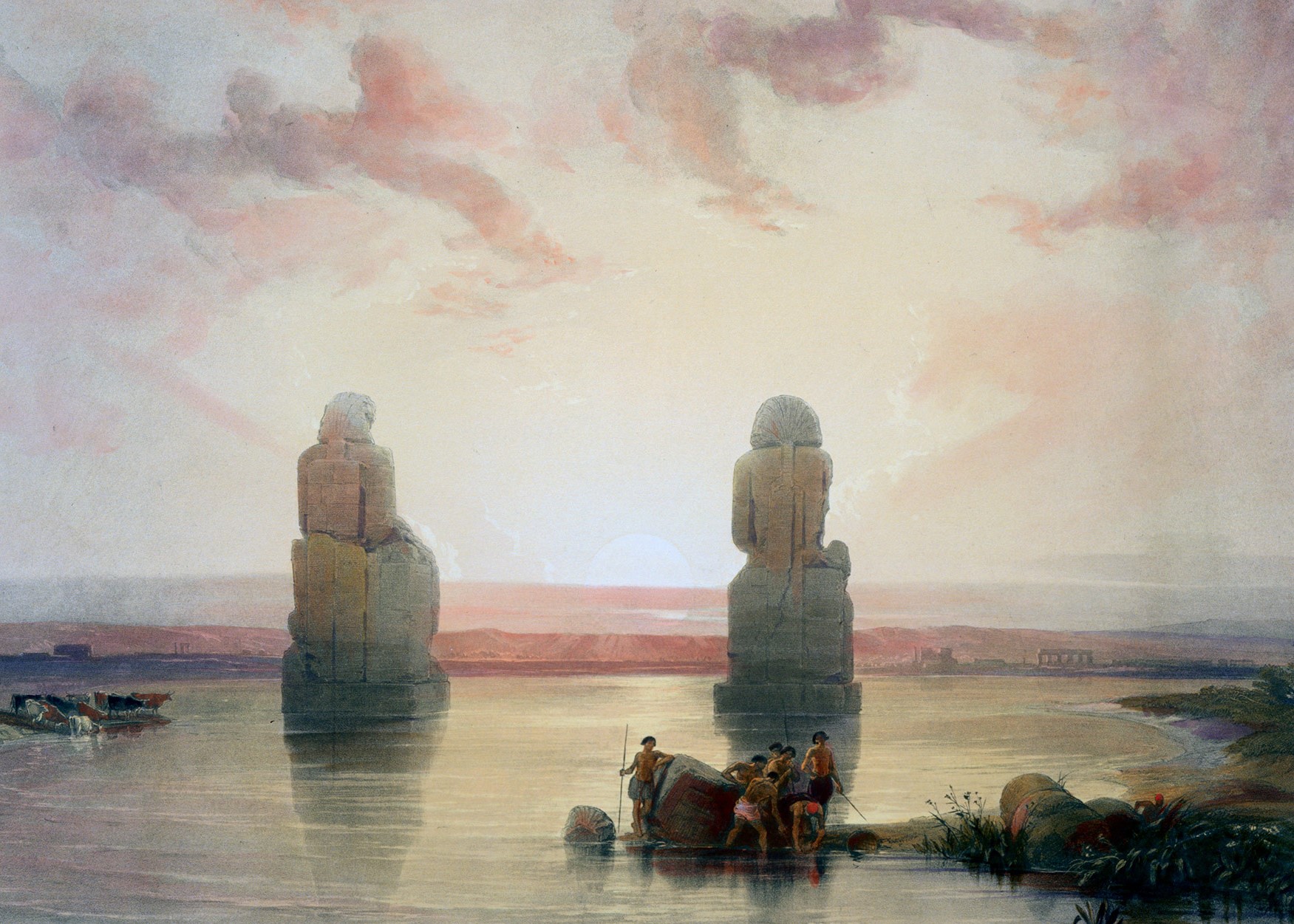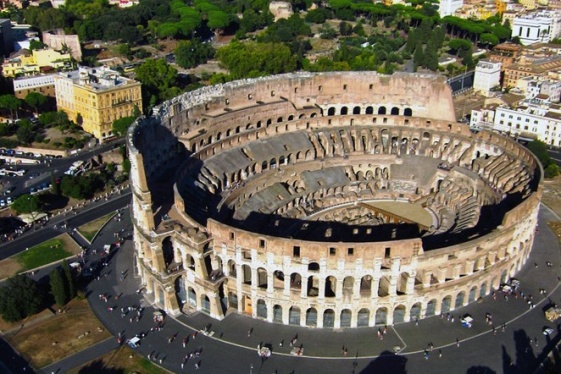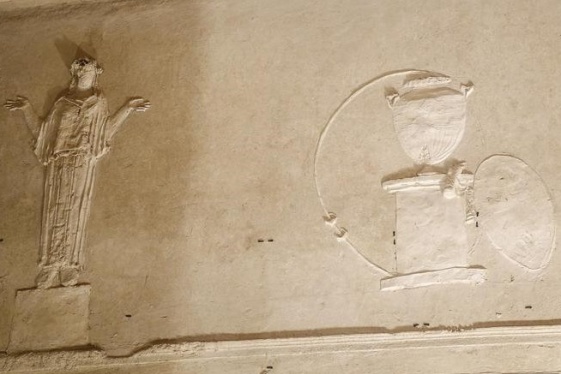

Deep in the south of Egypt, on the west bank of the Nile facing the historic capital Thebes, stand two 60-foot-tall statues of the pharaoh Amenhotep III (14th century BCE). By the time the Romans annexed Egypt in 30 BCE, these colossi were an ancient remnant of the grandeur of the pharaoh’s mortuary temple, doomed by the Nile’s floodwaters, that they had once fronted.
It was not just the visual impact of the lonely, poignant pair that captivated visitors, but also the extraordinary whistling sounds that emanated from the northern statue at dawn, likely the result of earthquake damage in 26 BCE.
SOURCE: https://aeon.co/
You may be interested
-
Exciting Palatine. Interview with Clementina...
You can tell she fills with excitement when she has the chance to show an important archae...
-
Italian Open's History and Records: A tale o...
For Italians, and Romans in particular, the Open is not just a tennis tournament where cha...
-
'Basilica of Mysteries' reborn in Rome
The so-called 'Basilica of the Mysteries' has been reborn in Rome. The basilica, one of th...
-
'Carbonara Day' celebrates famous pasta dish
On Friday, April 6, the world will celebrate "Carbonara Day", an occasion launched by the...
-
'Gladiators' bring Roman flavor to R.I. polo
As thousands of sharply dressed spectators converged on the turf of Newport International...
-
'Hot priests' grace Rome's calendar
It is officially called the Calendario Romano, or Roman Calendar. But on the streets of Ro...
-
'No one should be left behind': Italian teen...
A 15-year-old boy, known as Simone, has become an overnight internet sensation after stand...









